“… a tale of everyday desperation, such as many know, that healed through meditation practice … … This book is about how I found a path when I didn’t even know I was looking for one. For a long time I didn’t know where I wanted to be; I just knew I wasn’t there …” ~ Henry Shukman
“What a wonderful and generous book this is, Roshi Shukman sharing so openly his particular path into the depths of Zen, and sharing also those depths themselves. If you’ve ever wondered how a messed up kid like you or me might master the wisdom of Zen, One Blade Of Grass is the adventure for you. It’s great company―and after reading it, you might recognize that you’re further along than you imagined.” ~ David Hinton, editor and translator of The Four Chinese Classics and author of The Wilds of Poetry
Indeed, David captures the essence of Henry Shukman’s newly released Zen memoir: One Blade of Grass: finding the old read of the heart. Through Henry’s personal stories – that are eminently readable – we get to find the profound insights of Zen and how they can lead one to living a gentler, kinder, and more fulfilling life. He casts Zen in a simple language and shows “… how it can work in normal life …” … and even more importantly he conveys “… why it matters …” and equally importantly, why others’ life {stories} can be “… healed through meditation practice …” stories that are like his own “… tale of everyday desperation …” …
In this 4-part series we offer a glimpse into this zen memoir … into finding the old road of the heart. And we begin with the Prologue … that exquisitely “sets the stage” of this very fluid and engaging reading … so, enjoy … pause … reflect … read … and continue the journey!
And here’s part 2 … and part 3 … and part 4 – the Epilogue.
It was the third or fourth night of the retreat. Rain was lashing down, pinging against the dark windows and sometimes clattering as if a handful of shingle had been thrown at the panes.
Rain is a blessing in the desert, and rare, and the meditation room was growing pungent with the thick scent of wet dust, along with an invigorating cool that had crept in from outside.

The retreat center was in the hills above the remote town of Gallup, in western New Mexico. Gallup was a small sprawl on the desert, dusty and quiet, except for its trains. It happened to be a major railroad junction, and all day long, any time I had started to feel my mind settle down, inevitably just then a long, sonorous blast on a train whistle would come hooting up the hillside and yank me out of the slowly gathering calm. Once again, pangs of unease and remorse would move through my mind, accompanied by tensions and stresses in my innards—like the storm clouds that must have been moving through the night sky outside.
But now all that had changed. Instead, in the cooling room fragrant with the chalky smell of desert rain, a glowing calm was seeping up through me, like an incoming tide rising through wet sand, making me highly alert, very still, deeply relaxed. As if the whole body were enjoying the simple fact of existing. I could feel my sense of the world opening wider and wider, like the aperture on an old camera expanding. At the same time, I was starting to get an odd sensation, such as can sometimes happen in meditative absorption, where I felt like I was being squeezed from both sides, becoming thinner and taller by the moment, until I was slender as a flower’s stalk, so thin and tall I felt I might topple over at any moment.
Then my gaze fixed on the wall in front of me—a wall of adobe, glowing in the light of a lamp. An intense love for the wall welled up, almost as if I were falling in love with it, and it with me. All of a sudden, with what felt like a seismic jolt, the room seemed to blow wide open, the whole scene became an infinitely broad expanse, and it was as if I was sucked into that expanse myself and became part of it, so that the desert hills outside, which reached down to Gallup, in the valley two miles away, and on beyond, were my very own body.
An intense energy was moving all through me and through the world, and I could feel tears streaming down my face—tears of love, of joy, of gratitude. It was true, as the Buddhists said: I was one with the world. I was one with everything. The whole world was my body, my mind. And because of that, I was beloved, I belonged, I was healed in all possible ways. All had been well, secretly well, all along.
The bell rang for the end of the period, and things quietened down and became normal again, except that I was left with a tingling sensation in my limbs and a sense of great spaciousness, as if my mind had been extinguished and replaced by a boundless peace.
Then I had to go and set up the interview room for the teacher, and the evening went on, and the rain was still thrashing down on the little retreat center, drumming on the roof, filling the air with its thick scent of promise. But I knew: this Zen, I could trust it. In some ways it was the best thing. It was real, and it worked. In spite of many occasional doubts, I was on a true path.
I once heard the Englishwoman Tenzin Palmo give a talk about the twelve years she spent in a remote Himalayan cave. The isolation had been part of her Buddhist training. An audience member asked how it had felt to get ready to come out again.
“Fine,” she said. “Either you’re cooked or you’re not.”
“How do you know if you’re cooked?” the questioner wanted to know.
“You just know. You’re done.”
She paused, then added that she’d heard of people who had done the same twelve-year cave training and not been cooked by the end. But if you were, you were—that was all there was to it.
You can get this impression in the world of meditation: people go in ordinary; then something happens in the middle, inscrutable, ineffable, not castable in language mere mortals can grasp; then they reemerge new, different, “done.”
I used to live near Stroud, in Gloucestershire, England. A local café had a print on the wall, a triptych of three images of mountains. The first picture was plain and simple, an iconic triangular mountain, with these words beneath: before zen, a mountain is a mountain. The second was confused, with several mountains superimposed at odd angles over one another, above the words during zen, a mountain is not a mountain. The final image was the same as the first, simple and plain, and the phrase beneath read, after zen, a mountain is a mountain.
So whatever the cooking did, however disorienting it might get in the middle, it wasn’t supposed to lead to some otherworldly result, at least not in the Zen approach. But in a way, that only made it more confusing. If everything ended up just the same, what was the point? Or perhaps things were the same but you saw them differently afterwards?
This book hopes to demystify the cooking process, to cast it in ordinary language, and to show how it can work in normal life. And to convey why it matters. For even though we may continue to lead ordinary lives, it offers the possibility of a change in the way we experience them that is not at all ordinary. Some claim it is the most radical thing we can do for ourselves and our fellow beings. After all, it can show us that we are not and cannot be alone, no matter how lonely we may sometimes feel. Instead, we are all part of one single existence. If this is right, the implications are mind-boggling.
*** **** ***
The ninth-century master Gensha (hard g, as in “get”) had a sudden experience of this single life when he was thirty years old. He grew up the son of a fisherman in China, and while still a boy he watched his father get swept to his death by a surging river. He became a fisherman himself, but as a young man, troubled by the transience of life, he entered a monastery and took up meditation. After several years, feeling he didn’t have what it took to penetrate the mysteries of the practice, he strapped his traveling case to his back, stepped into his sandals, and headed off he knew not where.
On his first day out, while ambling up a hillside, he stubbed his toe on a rock. It was bad. Some records say a lot of blood appeared, others that his toe “exploded.” As he clutched his foot in agony, a profound epiphany befell him, and his sense of being a separate person moving through the world vanished. He is said to have cried out, “There is no body. So where does this pain come from?”
Dizzy with relief in spite of his painful toe, he limped back the way he had come.
“Why are you back so soon?” his old master asked. “What about your pilgrimage?” Gensha replied, “Not a single step was taken.” Apparently the master liked this statement and welcomed him back. Then he asked what had happened, what he had seen. Gensha’s response was, “This whole universe is one bright pearl.”
{I have taken liberties in editing and compressing this story, and I use Japanese forms of Chinese masters’ names throughout. Here, Gensha is the Japanese name for Hsuan-sha, or Xuansha, who lived from 835 to 908.}
*** **** ***
This little story suggests a few things. One is that sometimes it’s true: no pain, no gain. Another is that sometimes we make more progress when we give up. Reculer pour mieux sauter, as the French say: to retreat in order to leap better. And sometimes we’ll find what we’re looking for only when we stop looking. If what we’re looking for lies outside of imagination or calculation, we can’t know what it is until it hits us.
We are living in an extraordinary window. On the one hand, our situation is perilous, with climate change and the nuclear arsenal hanging over our heads. On the other, even as global society becomes more polarized between the wealthy few and the rest, unprecedented numbers are turning to the practice of meditation, which can not only steer us toward kinder, wiser ways of living, but also happens to be more or less as free as the air we breathe. Ancient teachings—of esoteric Tibetan Buddhism, of the early Buddhist canon, of Zen koan training—are readily accessible, often all in a single city.
At the same time, the contemplative traditions are being subjected to the scrutiny, invention, and utilitarianism of Western science: how can we extract the most useful parts and adapt them to modern needs? The most widely known result has been the mindfulness movement, pioneered by various teachers, notably the Harvard doctor Jon Kabat-Zinn, who began his meditation practice as a Zen student. There is debate about the wisdom of divorcing mindfulness meditation from its roots, but there is little doubt it is taking Western society by storm. While half a century ago perhaps ten thousand Westerners might have tried it, today the number is over thirty million and counting in the United States alone.
Neuroscientific research keeps yielding new evidence for its positive effects on brain function, suggesting that it can indeed lead us out of stress, anxiety, and self-absorption, toward peace, creativity, and compassion, as its adherents have claimed for millennia. Yet along the way, as its popularity grows and it becomes ever more mainstream, sold as a cure-all for many modern ills, it’s possible that the kind of training I have been through, young as it is in the West, may be lost. In our quest for efficiency, the old ways of proceeding through a slow, patient training over many years under an experienced guide may go the way of the dinosaurs, replaced entirely by short-term methods, even surgery or new, as yet unknown neurological interventions. Will something be lost? Is meditation merely an instrument to induce desired changes?
For one thing, in its paradoxical way, it tends not to work so well if we are too directly seeking its benefits. For another, the chance to apprentice with a teacher, to entrust ourselves to an authentic guide, is a privilege like no other. And if the modern approaches end up supplanting the ancient, transformative insights into what it means to be human, they will have lost their true power to help our world.
This book is about how I found a path when I didn’t even know I was looking for one. For a long time I didn’t know where I wanted to be; I just knew I wasn’t there.
I tell this story not because it holds any special interest. Far from it; my challenges have been unremarkable. It’s a tale of everyday desperation, such as many know, that healed through meditation practice. That’s why I hope it may be helpful: to show that the practice can steer and jolt even a common dolt into kinder, better ways of living, without divine intervention though with moments of grace. For those who feel, as I once did, like giving up on life, perhaps this little narrative may incline them to think again.
It’s also for people who have lived a long time with indeterminate unease, inwardly taking up residence at a fork in the road, following neither the more nor the less traveled path. Sure, life shakes us down and sweeps us along. It’s hard to shirk the currents of our nature and culture, and we find ourselves in lives that more or less make outward sense. But inside we know there is more. We sense a more real investment of our powers still waiting.
“Late and soon, getting and spending, we lay waste our powers,” said the poet William Wordsworth. Too right. A more real engagement must be possible. But with what? Of that we may not be so sure—but at least with the bare fact that we exist for a while, in a world full of other beings who also exist. Is there a way to get closer to that before we die? Yet if we don’t, isn’t our life somehow wasted?
~ Henry Shukman
Stay tuned for more … the next part will be a real sampling of the book-contents through a partial-chapter Sweet Obedience … which shows – through more personal stories – Henry’s deepening relationship with Zen (esp. koans) guided through his teacher John Gaynor.
All italicized text above (except for the block-quoted parts and the parts in braces) is from One Blade of Grass: finding the old road of the heart by Henry Shukman and is published here with his permission.
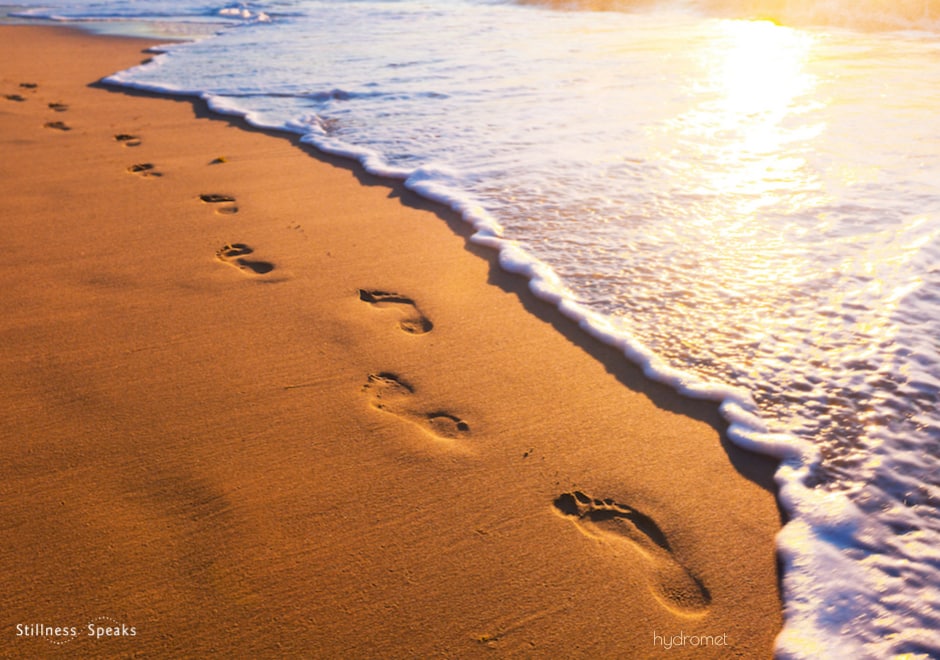
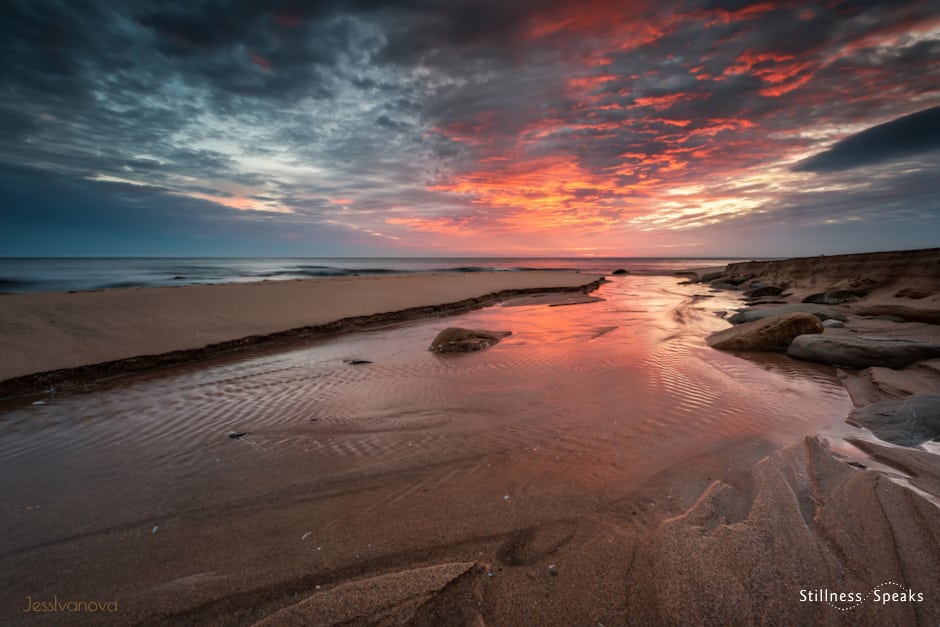
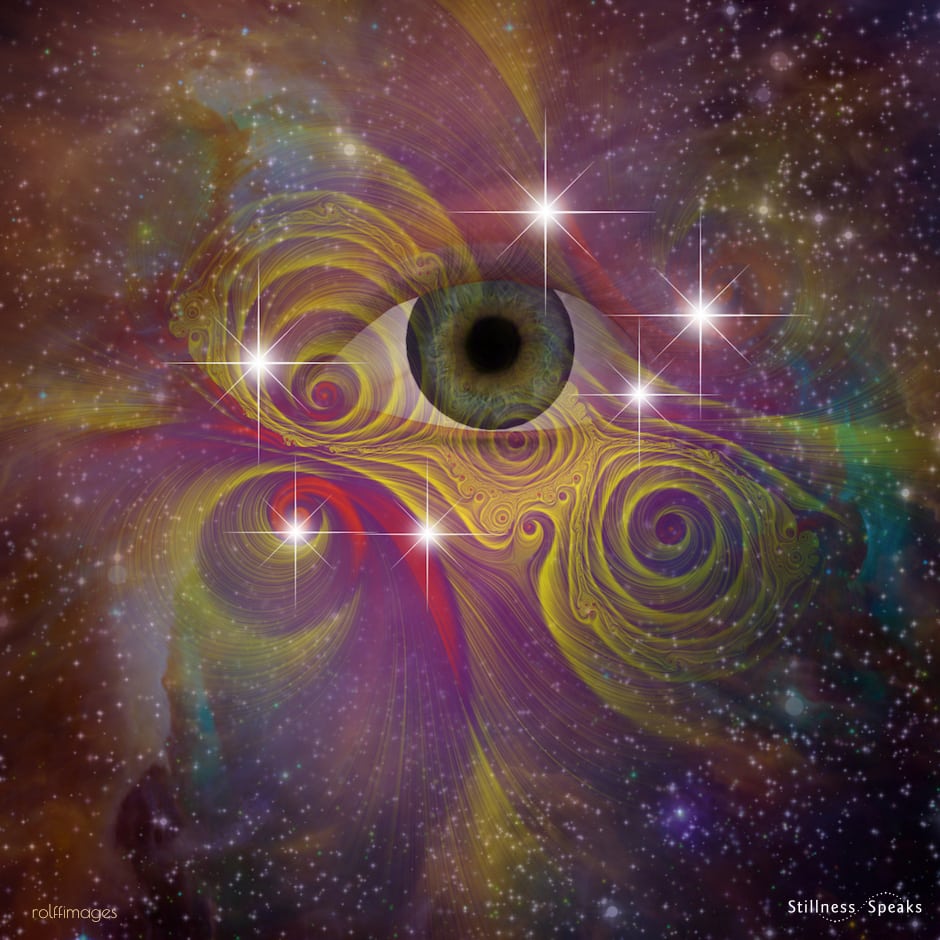




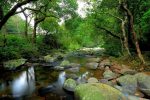
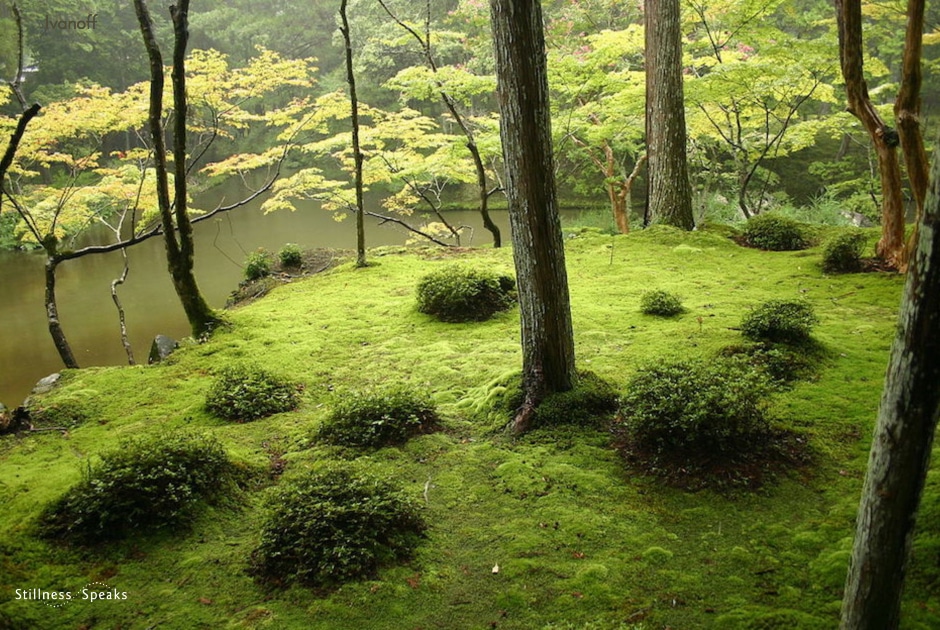
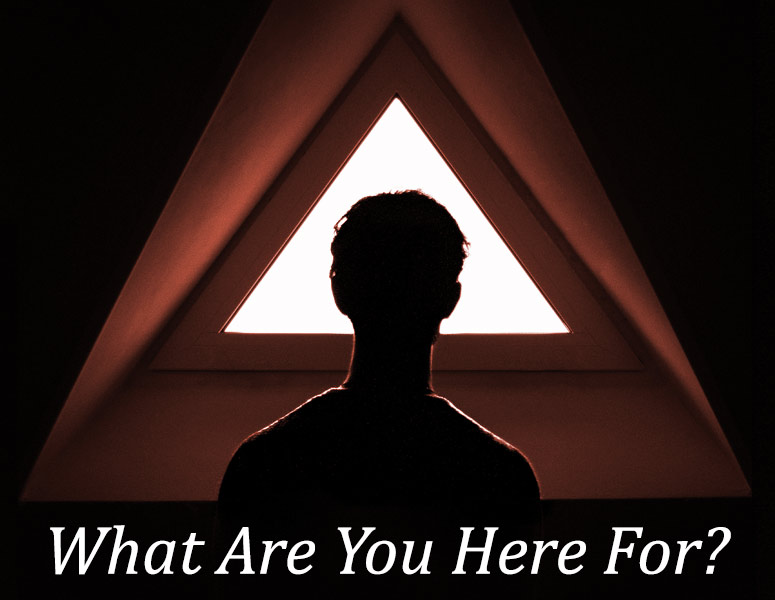
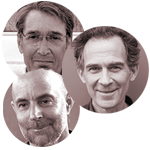
The above introduction to Roshi Shukman’s book is highly elucidating. Even-though we all have different experiences in our meditation sessions, the genuineness of the events here described point to the same ‘family of Man’s’ ineffable timeless ’moments’ viz. the entering into Turya, the Fourth portal of consciousness!
And yes….having millions of Americans meditating on a regular basis cannot fail to help heal the earth of some wounds, what to speak of bringing us all together as aspiring ever- extant -enlightened worldlings!